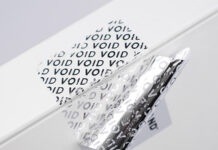The European Rotogravure Association (ERA) stands as a pivotal international entity within the gravure industry. With a steadfast mission to elevate the presence and utilization of gravure technology across diverse applications, the ERA conducts a series of international conferences, symposiums, and seminars, that are critical for fostering dialogue and exchange among manufacturers, suppliers, and consumers. Furthermore, the ERA plays an instrumental role in driving the technical evolution of the gravure process and serves as an authoritative advocate for the industry’s interests before national governments and the European Commission.
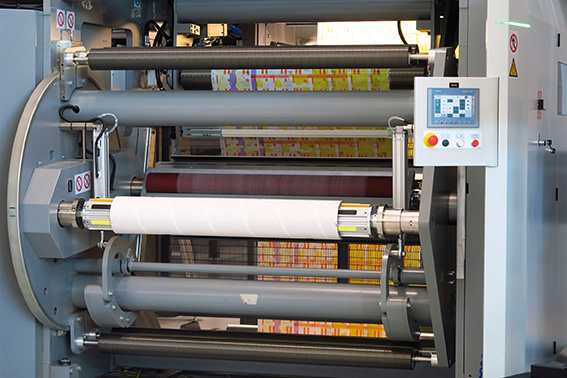
Established in 1956 and headquartered in Munich, Germany, the ERA has expanded its membership to include over 80 companies, reflecting its global operational reach beyond Europe. Historically, the association began as a conclave for publication gravure printing firms to address mutual challenges and disseminate industry knowledge. Over time, it has embraced sectors such as decorative and packaging gravure printing.
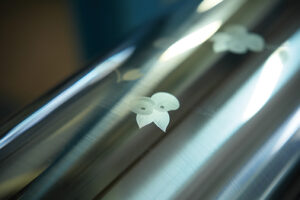
The ERA’s initiatives extend to publishing ‘Gravure News’—a testament to the latest advancements in gravure printing technology—and spearheading research and innovation within the sector. As the principal representative of the European publication, packaging, and decorative gravure industry, the ERA is a formidable force in political and legislative discussions pertinent to the industry.
The ERA envisions itself as a crucible for socio-economic discourse and a nexus for the exchange of technical expertise. It actively supports scientific endeavors and is committed to fostering the growth of gravure technology in burgeoning markets. The association is also acutely aware of its environmental responsibilities, maintaining rigorous oversight in matters of environmental health and safety, and collaborates closely with European Union entities and national authorities.
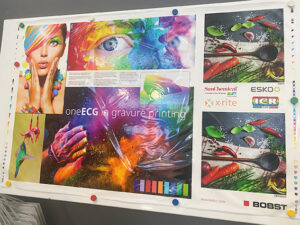
With a broad and inclusive membership that encompasses printers, cylinder manufacturers, engravers, suppliers of printing machinery, inks, papers, software, and more, ERA has fostered strategic alliances with numerous organizations including ACIMGA, DIPA Association, Ebner Media Group, EuPIA, Fogra, and the Welsh Center for Printing and Coating, among others. Additionally, ERA boasts long-standing partnerships with the University of Applied Sciences, Stuttgart, and the HTWK Leipzig, further enriching their network and enhancing collaborative efforts across the industry.
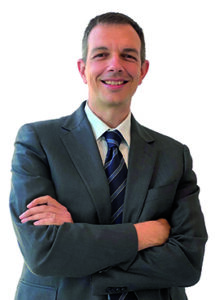
Face to face with Davide Garavaglia, ERA president
After one year as president of ERA could you make an assessment of your experience?
“I can say with certainty that it was a very interesting year, during which we did a lot to transform our association: from the change of secretary to the direct presence in some international events in Asia and North America. We have also increased the meeting opportunities for our members and the number of training sessions, entered social media and conducted various information initiatives aimed also at non-members about the regulations that will transform gravure printing in Europe in the coming years”.
The association gained some new members: what has been the main reason for them to enter?
“Many new members (Delfort Group with Deutsche Benkert from Germany and Flexoprint from Bulgaria, Match Graphics from India, Minipak from Colombia, Midwest Print Solutions from the USA, Weinan Zhengqi Printing and Packing from China) see the opportunity to keep constantly updated on industry news, learn about new technologies and meet other members with common problems to solve. I must say that our training meetings, organized in collaboration with some universities, are often an opportunity for printers and suppliers in the sector to learn about the association, who also note the high competence of the teachers involved. Finally, I would like to point out that we have increased the number of associates outside Europe, a sign that the work done is also appreciated in a broader context”.
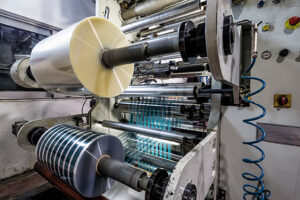
Are you planning some specific actions to attract young people and arise interest for gravure as a good professional job choice?
”Over the last year we have intensified our collaboration with some universities and this allows us to bring more and more young people to the knowledge of the gravure printing process, which otherwise could be overlooked in favor of other more “fashionable” technologies. And instead the numbers of gravure printing are and will continue to be very relevant and at the basis of a large number of products that we buy every day at the supermarket or in the pharmacy…”
In your opinion the use of gravure for flexible and cardboard packaging printing is going to grow?
“We expect that on the European and American markets the use of gravure printing process for flexible materials and cardboard in relation to other technologies will remain stable in the coming years. In fact, if on the one hand it is true that flexographic and digital printing make continuous progress in quality and efficiency, on the other hand gravure printing will also continue to introduce innovations that will allow the printer’s processes to be increasingly optimized. In Asian markets, however, we expect growth driven above all by the constant increase in population and the movement of more and more people to cities, with a consequent increase in the need for higher quality packaging solutions”.
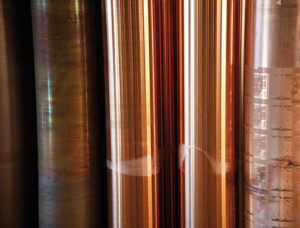
What about solvent-based and water-based inks and their usage in gravure printing?
“Even in this field it is necessary to make geographical differences. In Europe and North America, where solvent recovery plants are mandatory, the need to reduce atmospheric emissions related to gravure printing is less felt. However, the situation is different in Asia, Africa and Latin America, areas where environmental policies are further behind or not-existent. Here in some cases (such as China for example) among the solutions chosen to reduce emissions there is also that of water-based inks for gravure. As you can see, gravure printing process often takes different paths around the world and this is why our association is expanding its borders beyond Europe, welcoming new international members”.
ERA is making something to promote the sustainability of gravure printing of packaging without compromising the functionality?
“We have been collaborating with the University of Leipzig for several years, with studies and research that analyze the environmental impact of gravure printing. We are currently launching further initiatives that can help our members establish the environmental impact of their companies with greater certainty”.
What about gravure-digital mix: what do you think about, what are the possible applications and is it something that the market requests?
“We think that digital printing technology, even in the future, is not an alternative to gravure, but rather complementary. In fact, digital printing is by its nature very suitable for short runs, while gravure printing is unbeatable over long runs. Many of our members have been using both for several years and have no intention of replacing one with the other. It is also for this reason that during the year we signed a collaboration agreement with DIPA, an association that promotes digital printing which has some members in common with us”.






